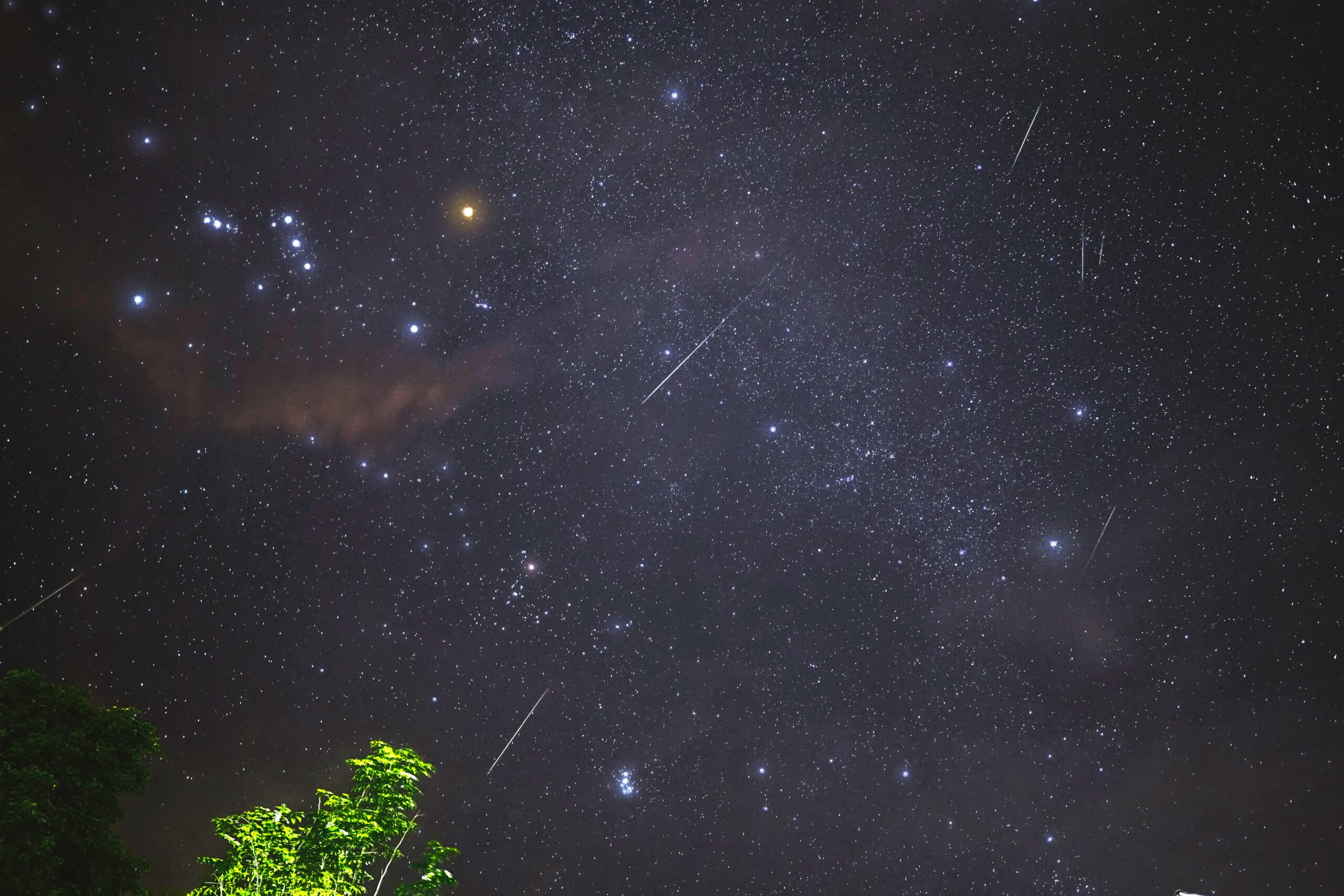By: Kevin Wang
On the night of July 29th to the morning of July 30th, the breathtaking Southern Delta Aquariids meteor shower illuminated the night sky. BBC Newsround relayed that stargazers with the right conditions witnessed the Delta Aquariids peaking at 25 meteors an hour between midnight and dawn. This meteor shower is accompanied by the smaller, Alpha Capricornids meteor shower. According to the American Meteor Society (AMS), the Alpha Capricornids will create a “plateau-like maximum” on July 31st.
The Southern Delta Aquariids meteor shower is named after the constellation Aquarius, and the Delta Aquarii star from which meteor shower appears to travel. The Delta Aquariid is best viewed South of the equator because the meteor shower’s radiant, the point the shower appears to radiate from, is located lower in the Southern sky. The lower radiant leads to fewer meteors being viewed in the Northern hemisphere than in the Southern hemisphere.
The Alpha Capricornids isn’t very strong and only produces up to 5 meteors an hour. However, the most noticeable thing about this meteor shower is the amount of bright fireballs created while it’s active. The AMS defines a fireball as “A meteor which is brighter than any planet or star, i.e. brighter than magnitude -4.” Nevertheless, it’s not about the number of meteors – it’s the number of bright meteors that is interesting. The University of Warwick astronomer Don Pollacco said a bright meteor is worth 20 faint meteors.
The next meteor shower will be the Perseids, peaking on August 11th to August 12th and, according to NASA, this meteor shower will be the “best meteor shower of the year.” Under ideal conditions, it will beat the Delta Aquariids with 50 to 100 meteors visible per hour. This spectacle’s meteors are known for creating long streaks of light and colors behind them as they move across the night sky. They are also known for their many fireballs that create large explosions of light and color.
Image Credit by ARMAN ALCORDO JR.











